
Calculating Wood Dimensions for Outside Corners
George VondriskaGeorge Vondriska shows you how to use basic algebra to calculate the wood dimensions for cutting an outside edge on your woodworking projects. The key is finding the right size so the dimensions are the same for the thickness on one side and the width on the other, which will in turn help you to use only one piece of wood.
Titebond III Ultimate Wood Glue provided by Titebond. For more information, visit www.titebond.com.
More Videos from Titebond:
How to Install Crown Molding on Cabinets
How to Build a Birdhouse
Adding Accents to Outdoor Products
Super Finishing for Turning
Adhere Ceramic Tile to Wood
Create a Crackle Finish on Wood
Glue Squeeze Out that Glows
Easy Iron-On Veneer Applications
Easy Face Grain Column Assembly
Share tips, start a discussion or ask one of our experts or other students a question.
Already a member? Sign in
6 Responses to “Calculating Wood Dimensions for Outside Corners”
Explore videos by George Vondriska
You may be interested in
Premium Membership
Unlock exclusive member content from our industry experts.
- 24/7 Access to Premium Woodworking Videos, Projects, and Tips
- Step-by-Step Instructional Demos, Plans, and Tutorials
- 50% Off Video Downloads Purchased in the Woodworkers Guild of America Shop
- 2 Printable Woodworking Plans
Unlock exclusive member content from our industry experts.
- 24/7 Access to Premium Woodworking Videos, Projects, and Tips
- Step-by-Step Instructional Demos, Plans, and Tutorials
- 50% Off Video Downloads Purchased in the Woodworkers Guild of America Shop
- 2 Full-Length Video Downloads to Watch Offline
- 2 Printable Woodworking Plans
Gold Membership
$370 Value
Get everything included in Premium plus exclusive Gold Membership benefits.
- 24/7 Access to Premium Woodworking Videos, Projects, and Tips
- Step-by-Step Instructional Demos, Plans, and Tutorials
- 8 Full-Length Video Downloads to Watch Offline
- 3 Full-Length Woodworking Classes to Keep for Life
- 7 Printable Woodworking Plans
- Discounts on Purchase-to-Own Content in the Woodworkers Guild of America Shop
- Access to Ask the Expert Program
- Exclusive GOLD LIVE Streaming Events




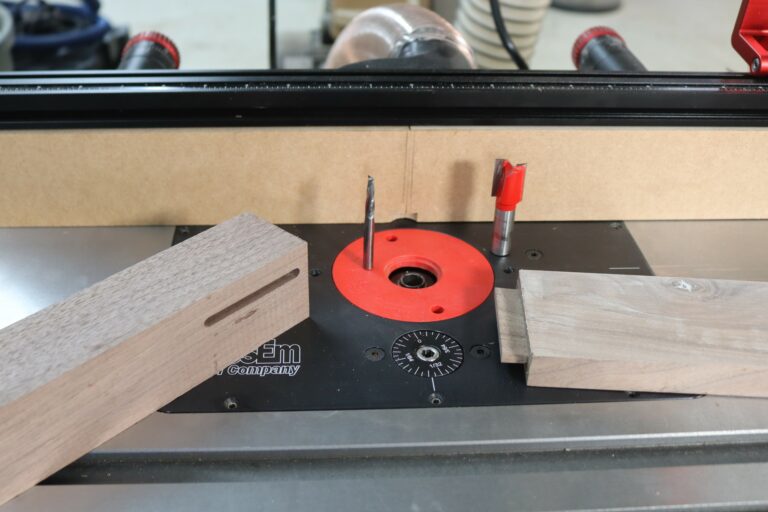
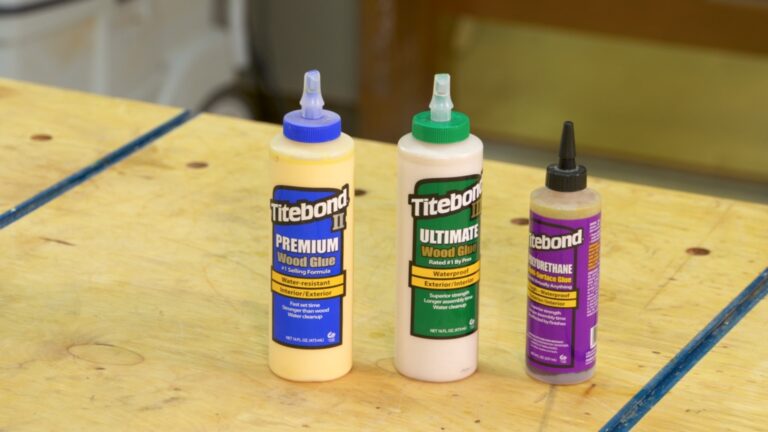
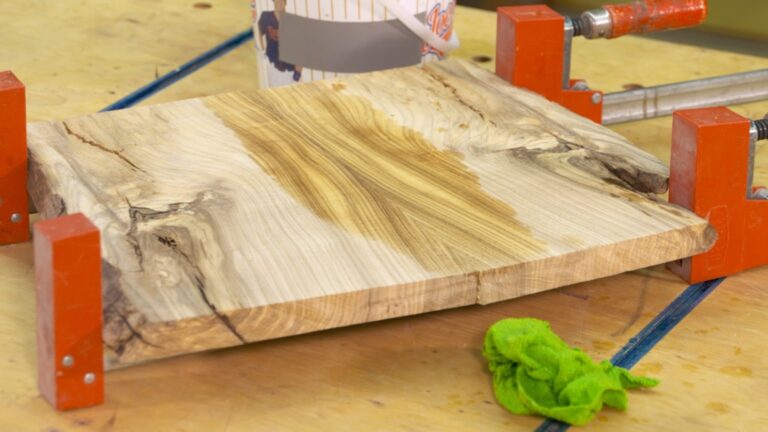


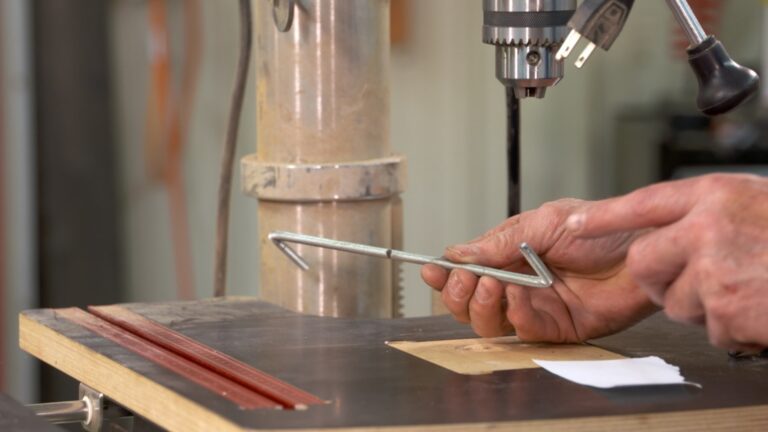

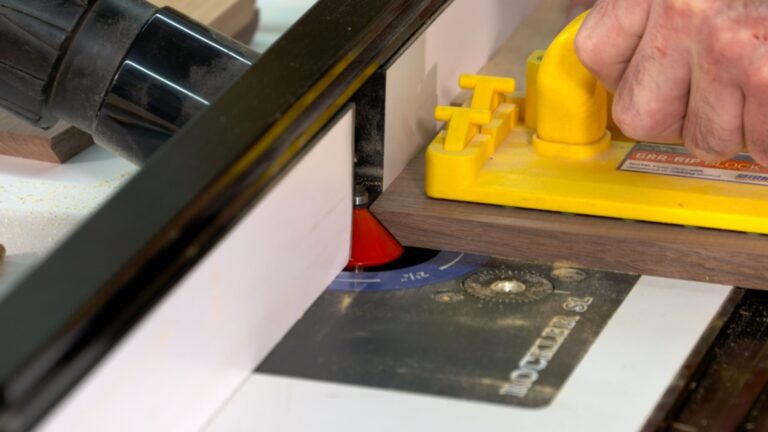

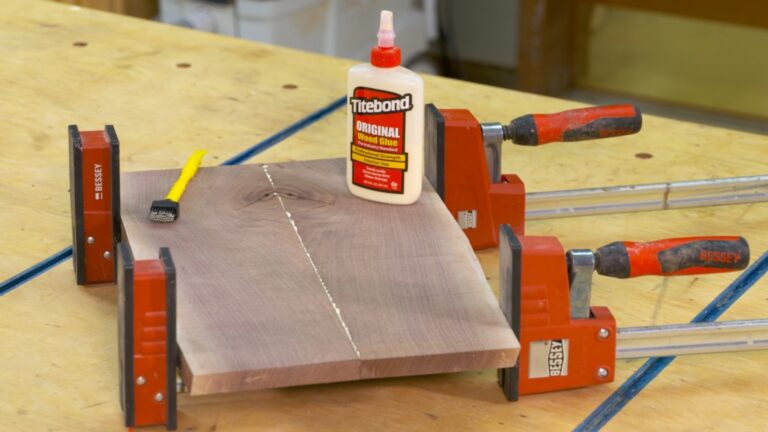
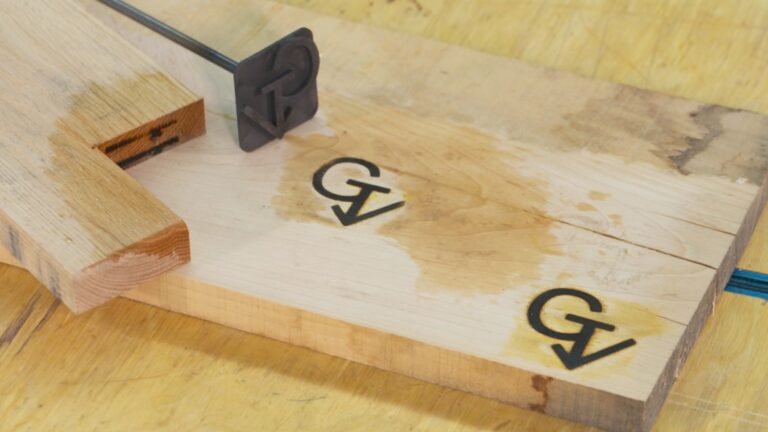
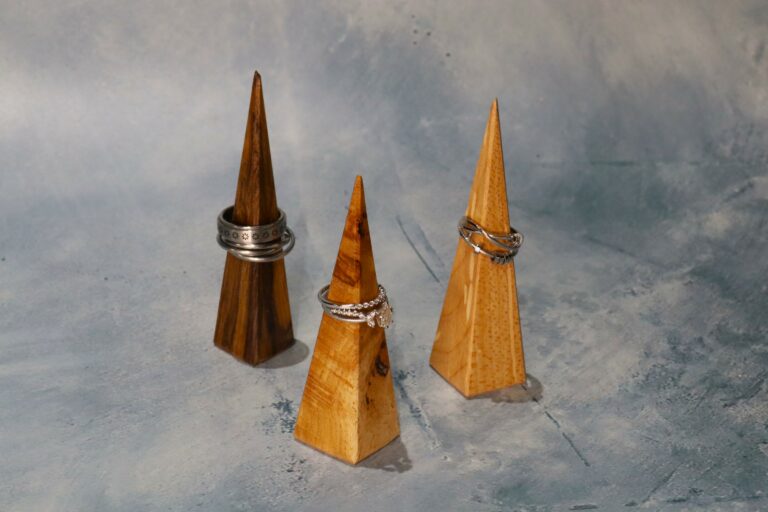
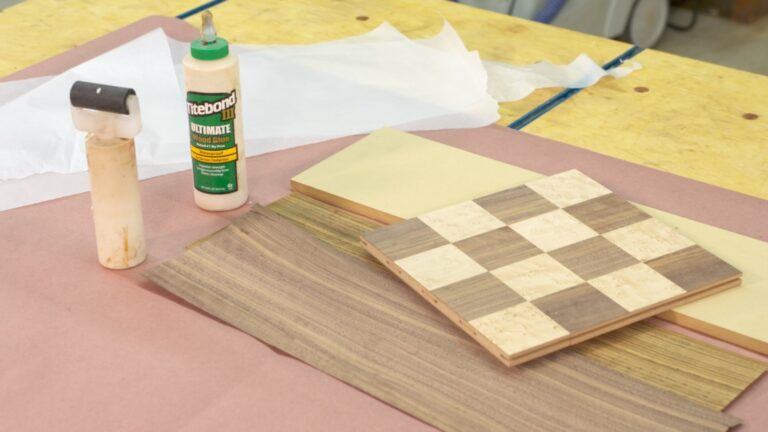
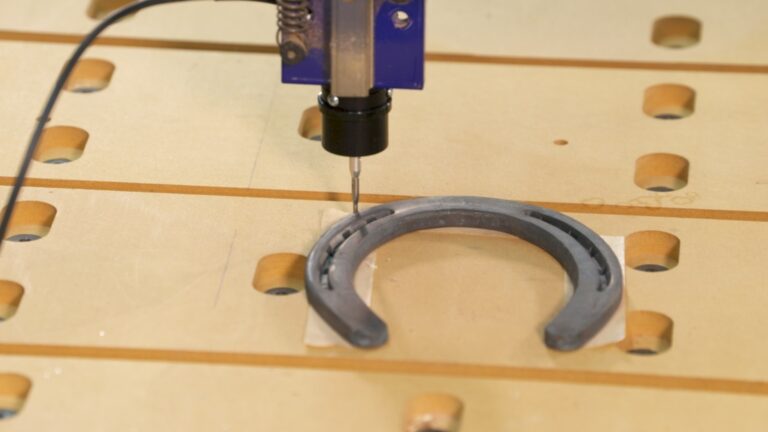
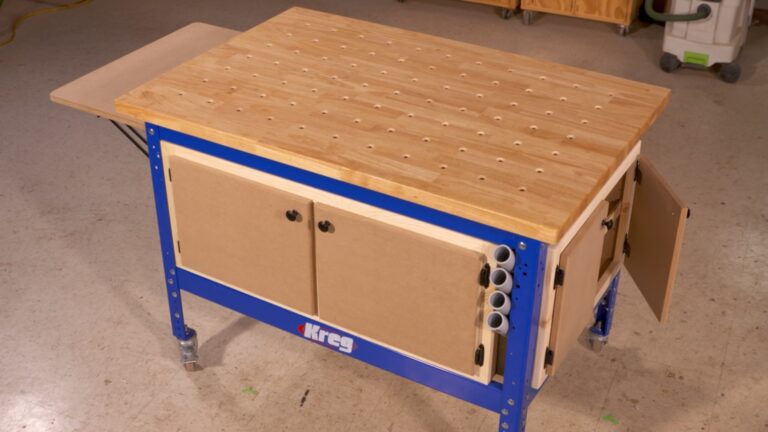


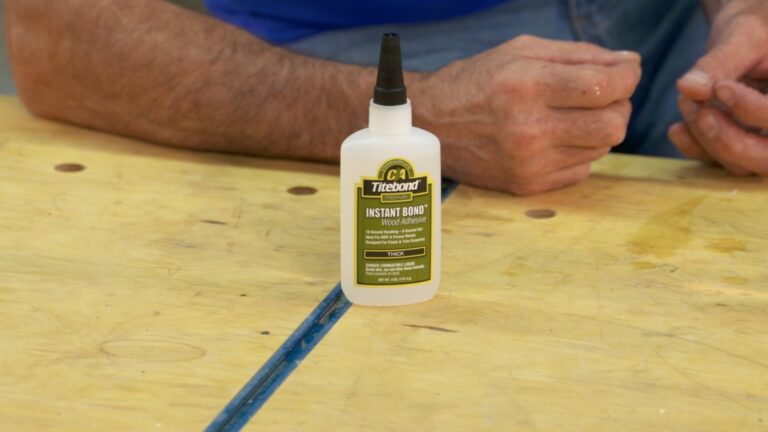
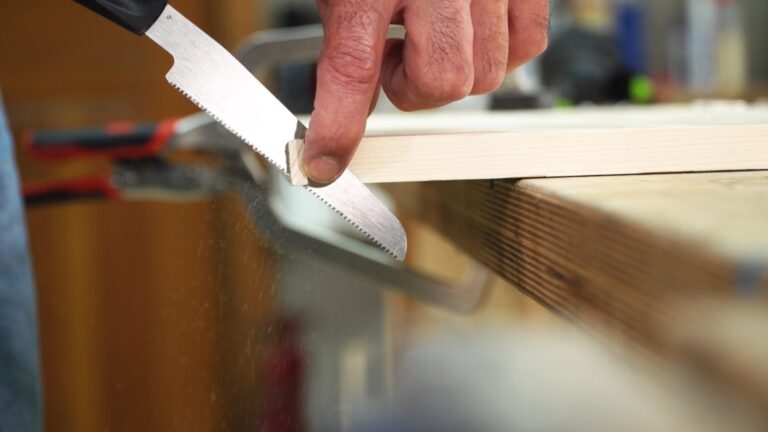
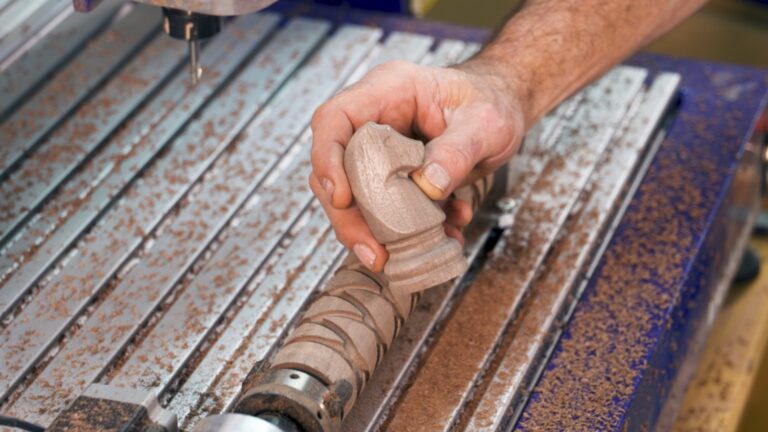
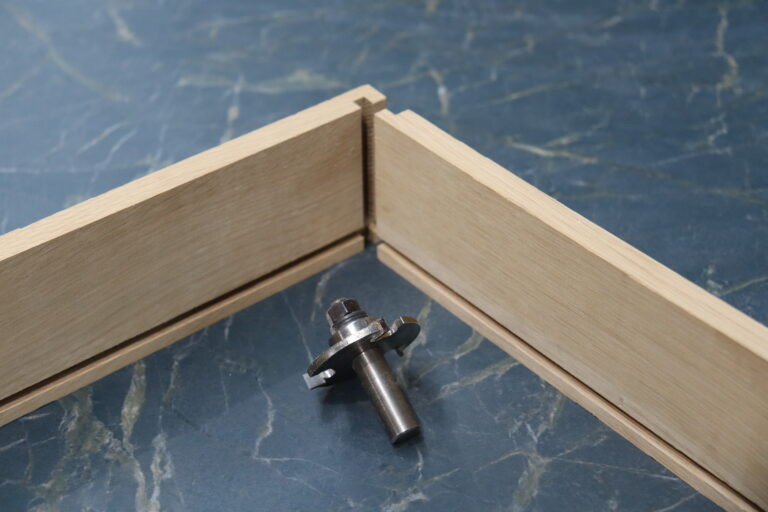
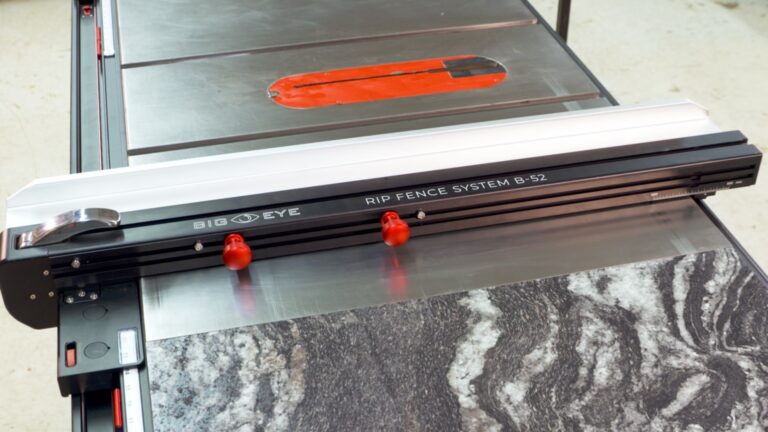
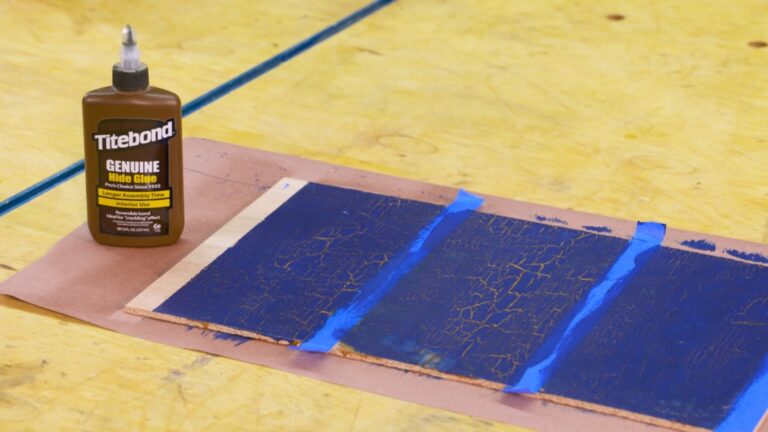
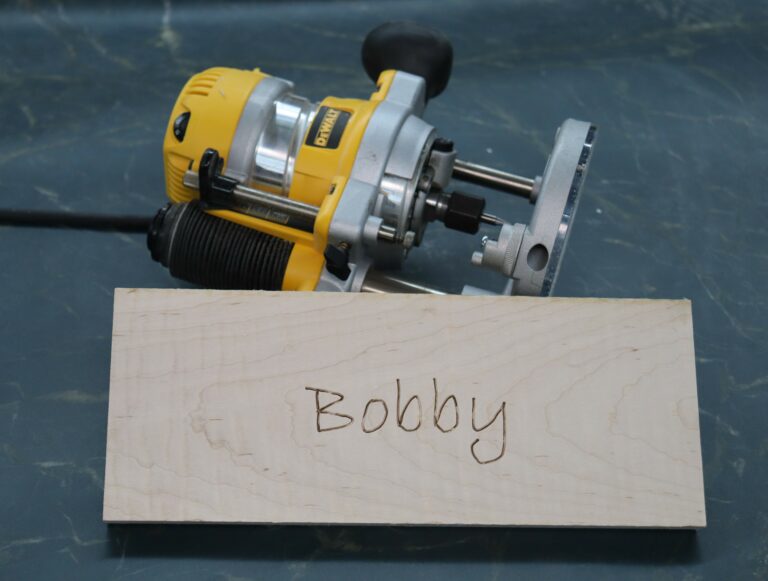
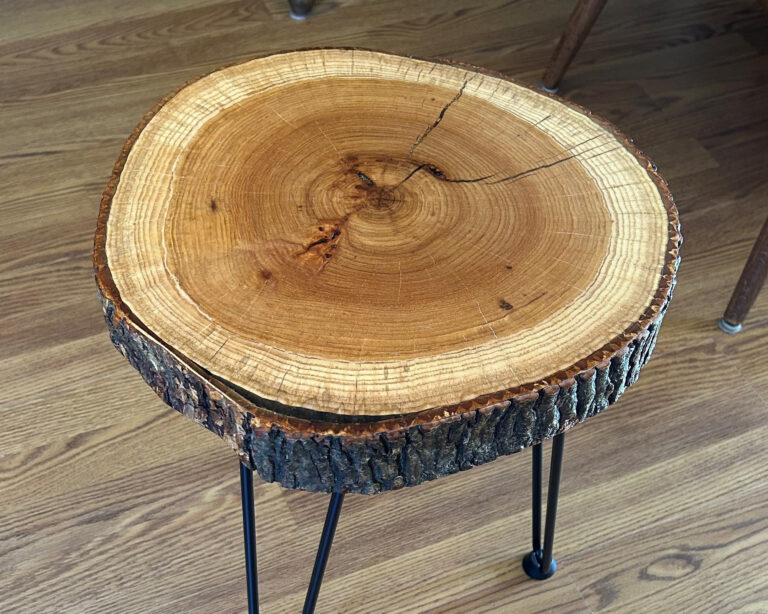
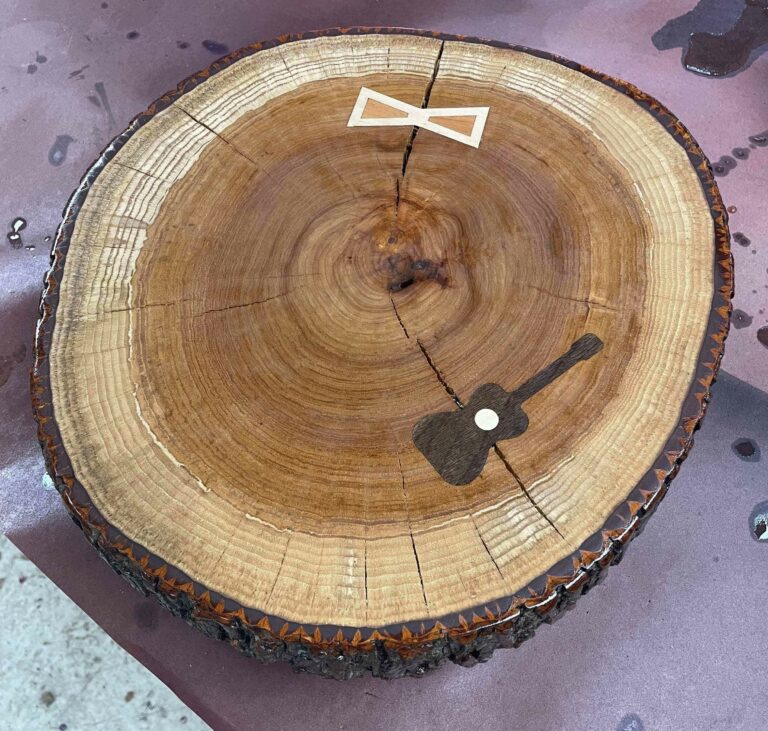

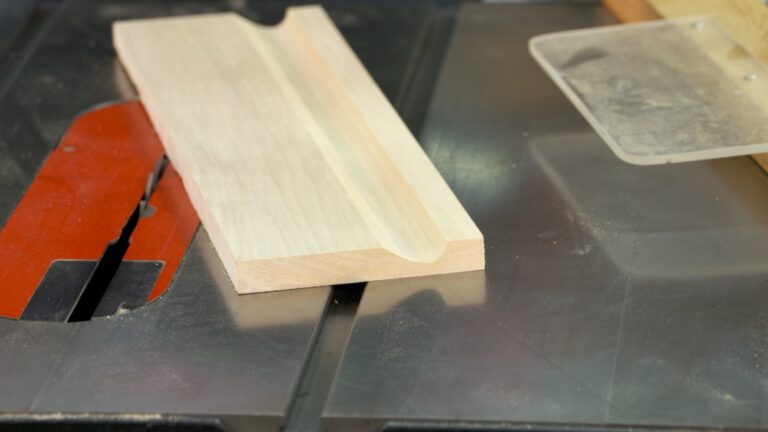

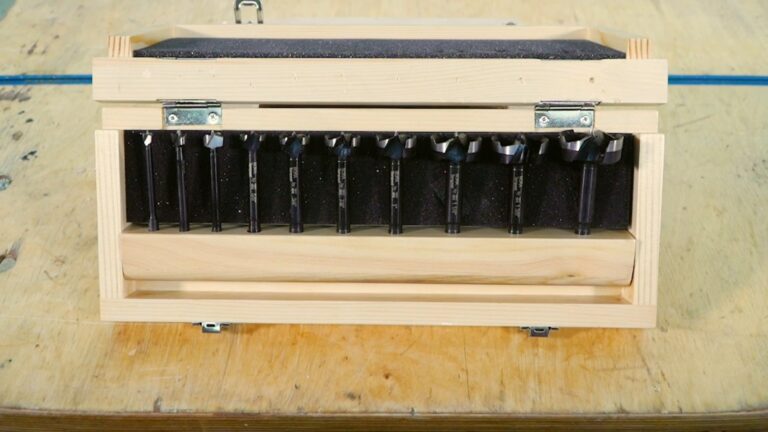

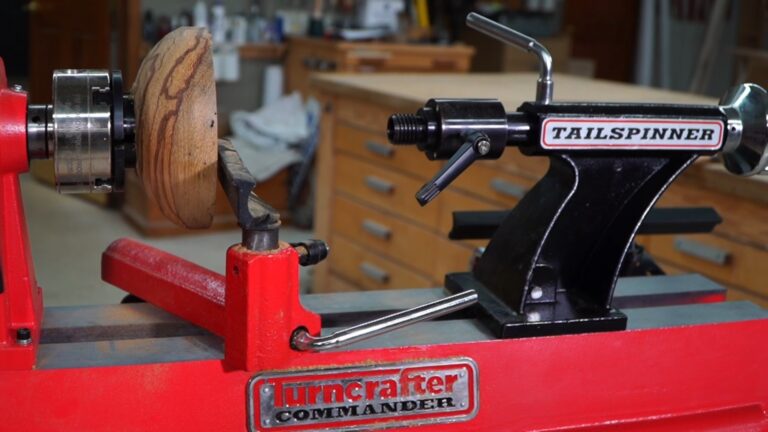
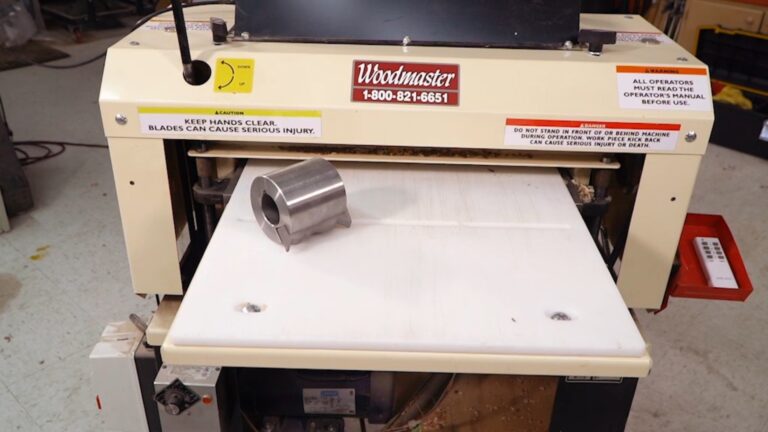


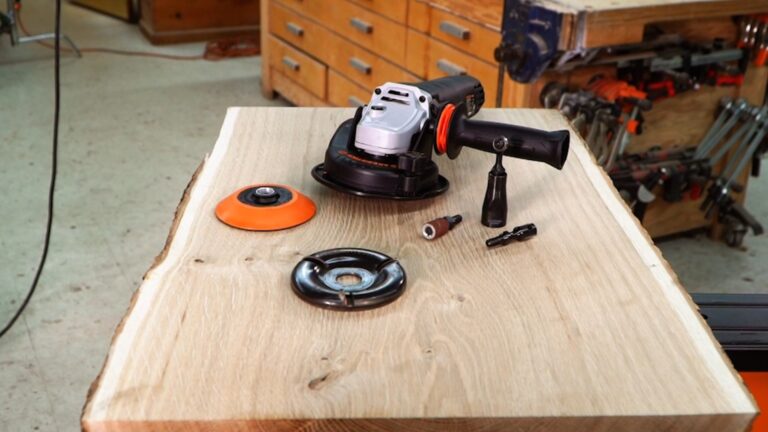







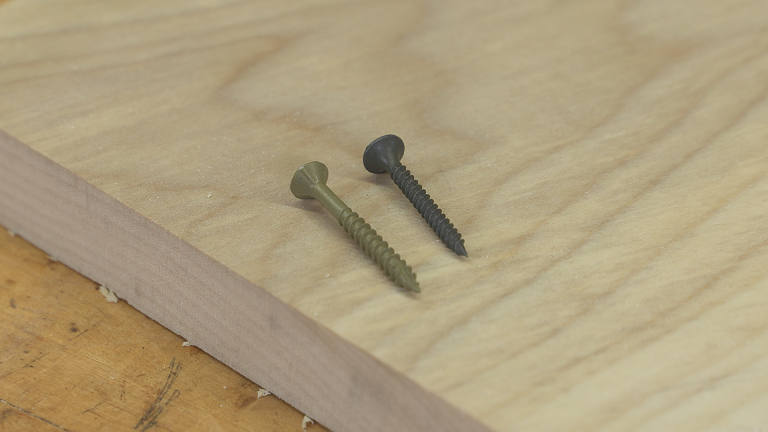
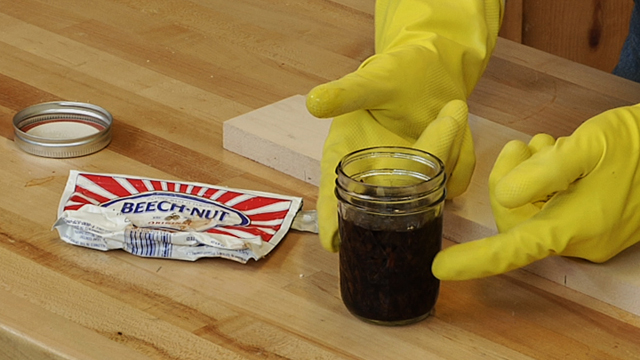
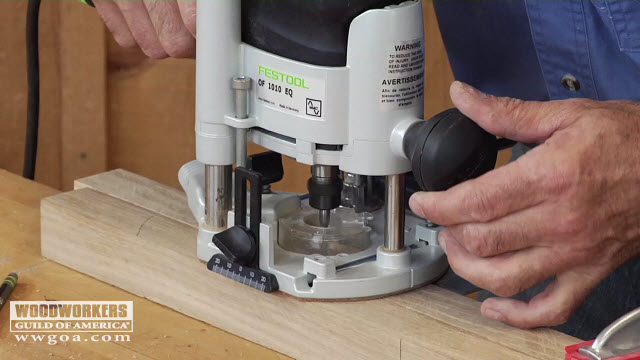
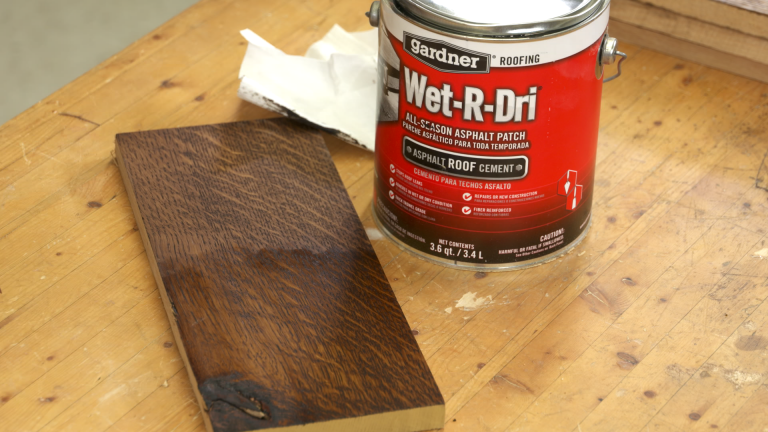
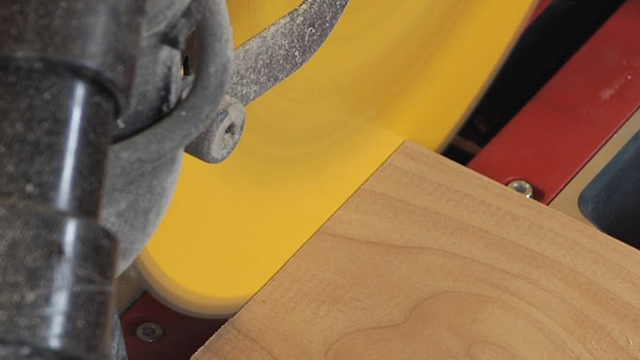
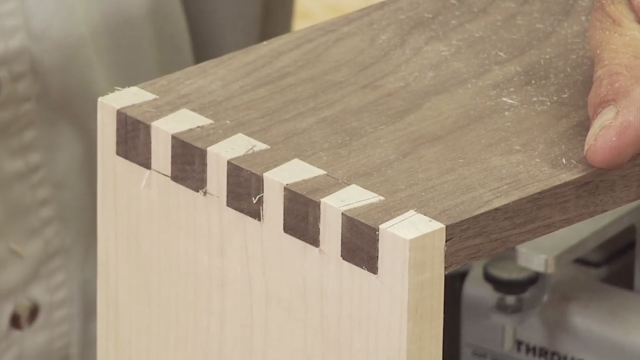

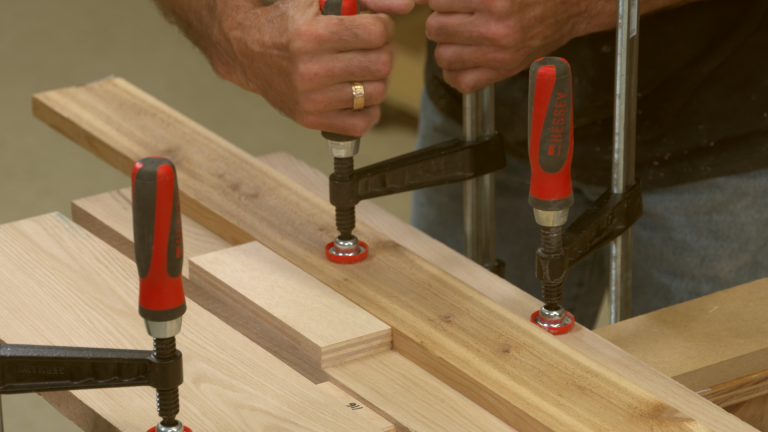

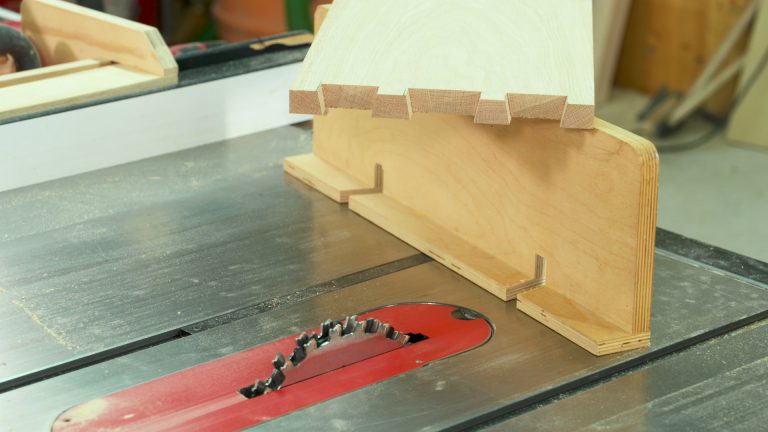
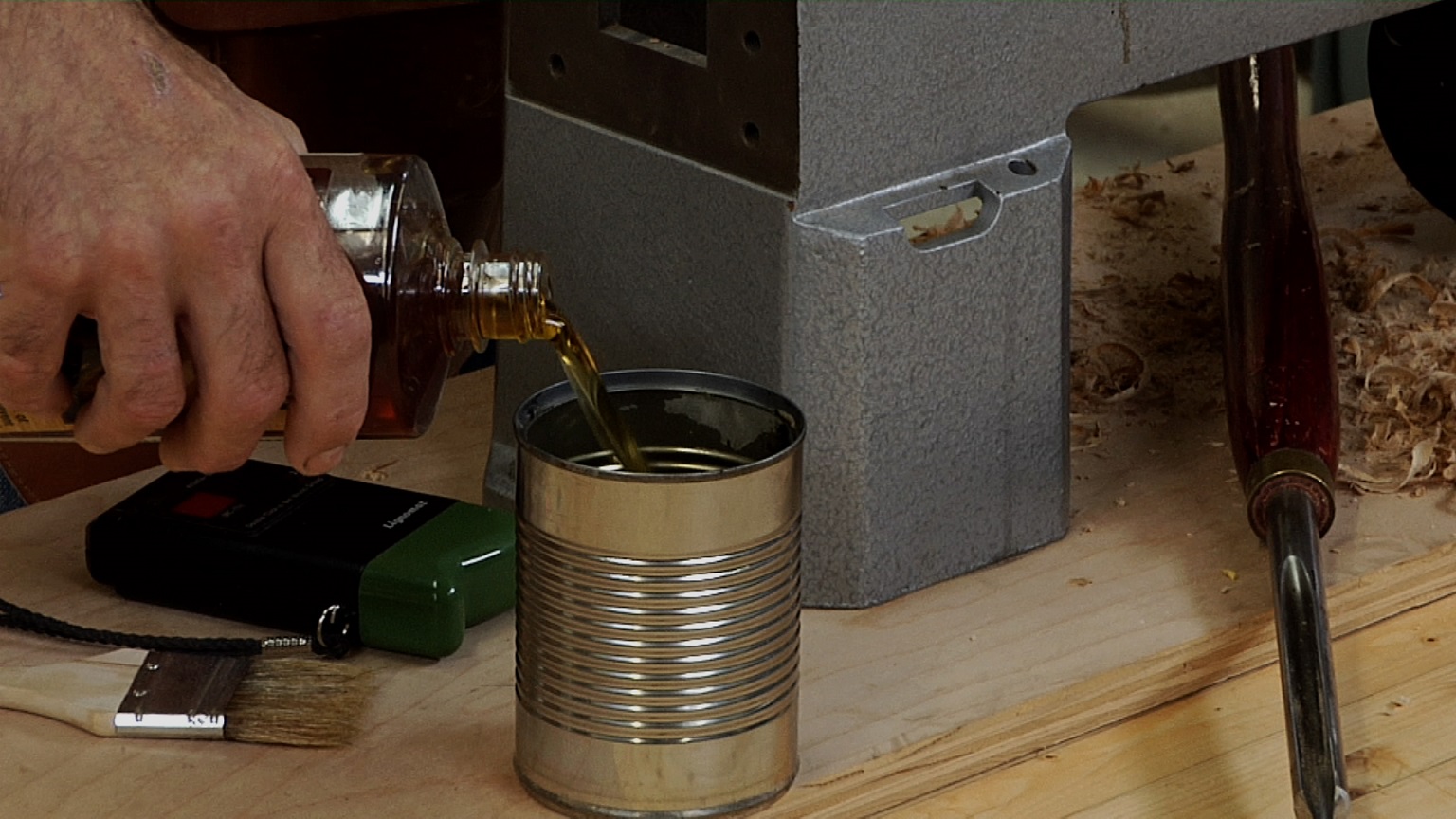
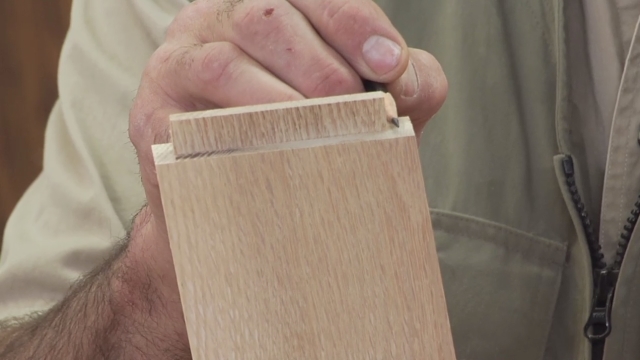



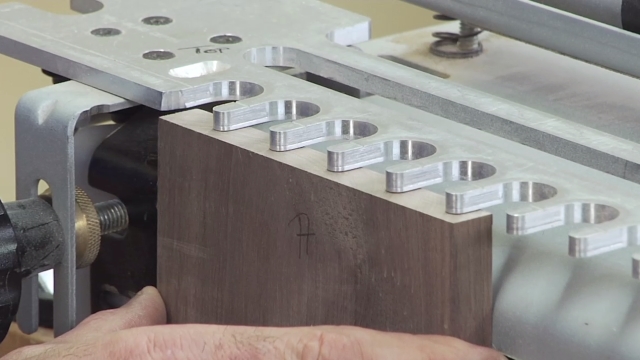


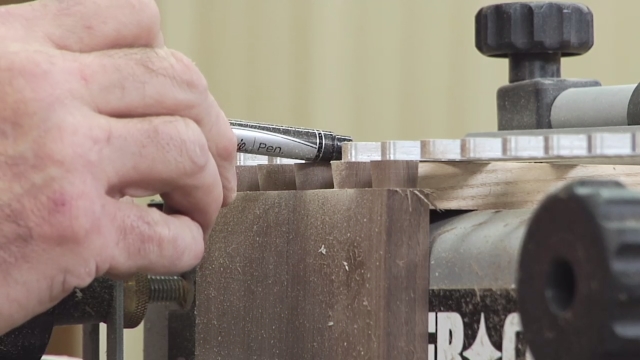
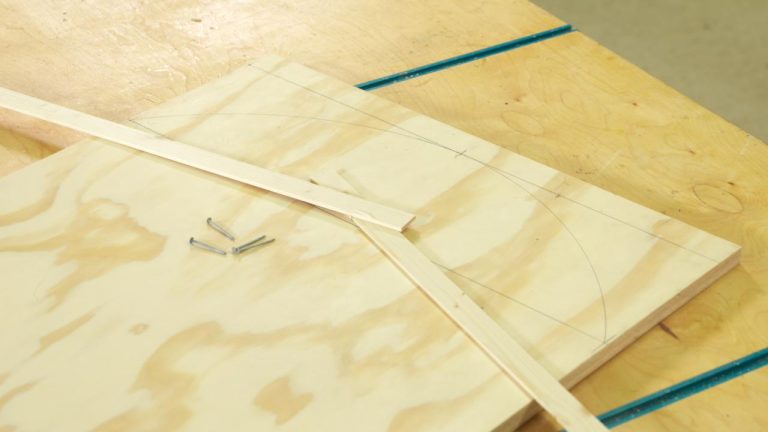

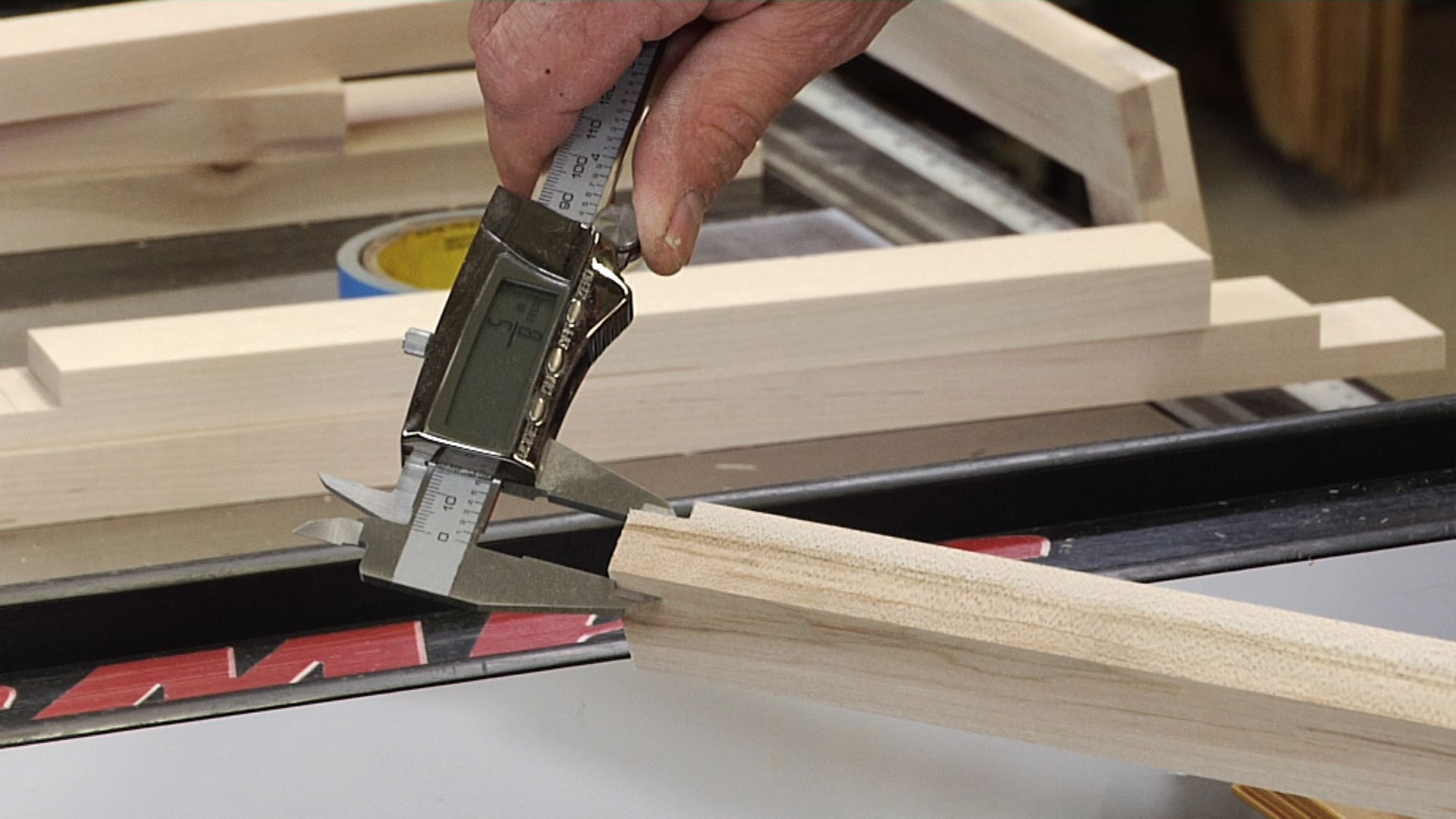
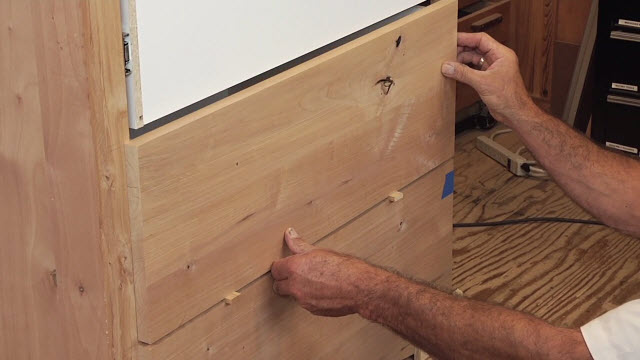
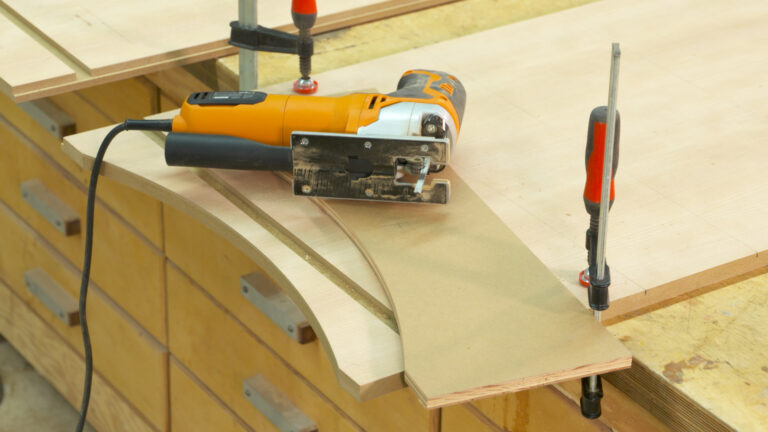
Good tip except for one major thing. You Didn't account for the kerf of your saw blade in your equation. so when you cut that 51/2 inch board at 21/4 you will come up short in width on the other board. Just saying.
Great math on the outside corner except, (not that it would make a noticeable difference)you forgot to subtract the width of the blade.
George lost me after he said "Algebra"
You don't need to figure or the saw kerf. All you have to do is measure to the center of the blade when you set your rip fence and the kerf problem goes away.
George, you haven't taken the width of the saw cut into account.
When you say algebra you scare people - it need not be that scary, and if someone is many years out of school they don't have to be dragged back kicking and screaming. Let's do it using practical math: You know one side will be some width and one side will be some width minus the thickness of the stock. On your piece, first measure over the thickness of the stock from the edge (1" in your example). Now measure from that mark to the other edge (4-1/2" in your example). Now split that and make a mark (2-1/4" in your example) and that's where you rip your stock (allowing for the kerf of course). It's exactly what you just said, but the process takes place on the wood rather than on paper - which is easier for some folks to remember and/or understand. I know a lot of very smart carpenters that don't know algebra.